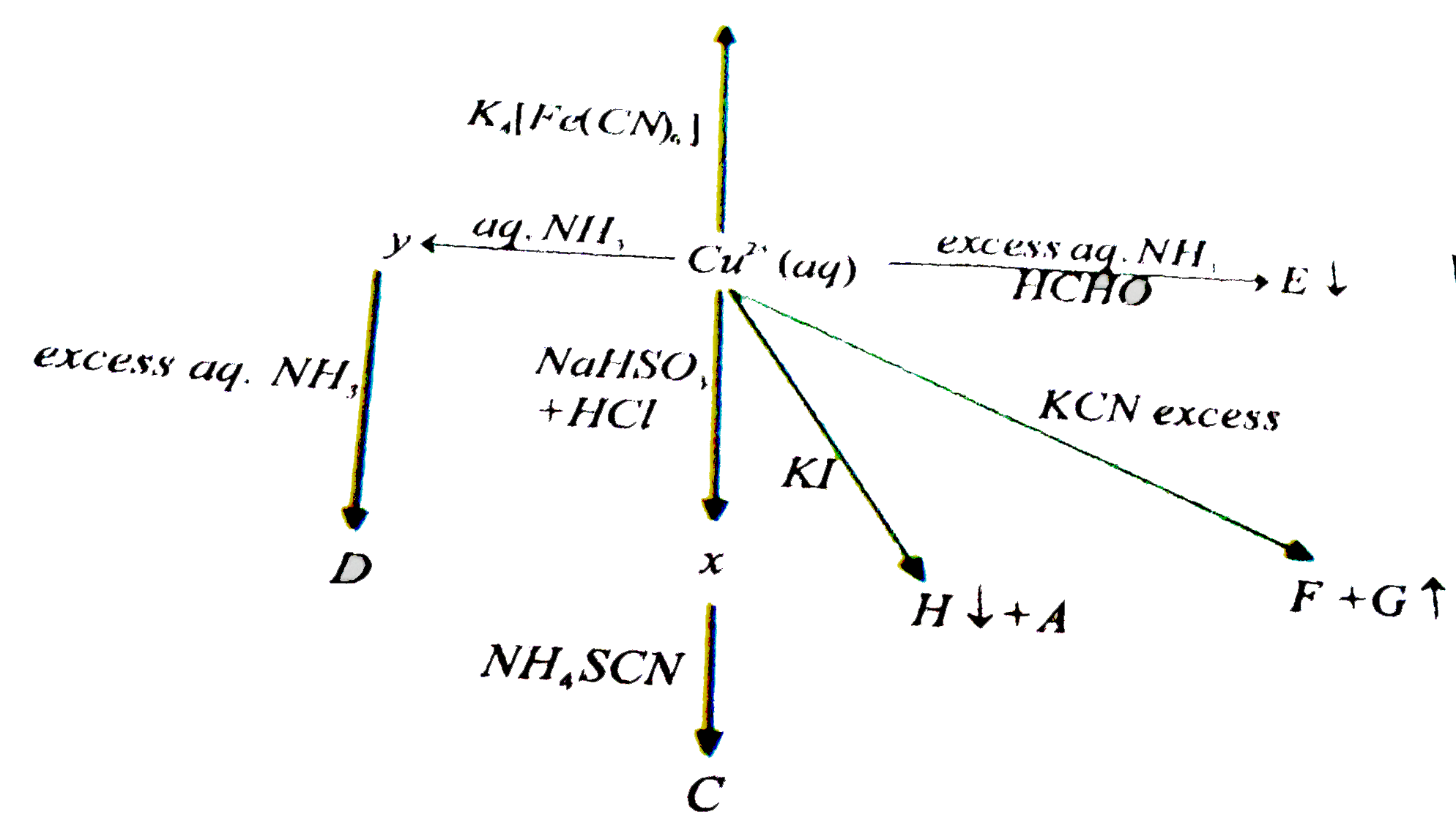Why Cu, Ni and Zn generally do not show oxidation state greater than 2?
To understand why copper (Cu), nickel (Ni), and zinc (Zn) generally do not show oxidation states greater than +2, we can analyze their electronic configurations, ionization energies, and the effective nuclear charge.
1. Electronic Configuration:
- Copper (Cu): (Ar) 3d¹⁰ 4s¹
- Nickel (Ni): (Ar) 3d⁸ 4s²
- Zinc (Zn): (Ar) 3d¹⁰ 4s²
The electronic configuration shows that these elements have a filled or nearly filled d-subshell.
Hint: Look at the electronic configurations of the elements to identify the stability of their d-orbitals.
2. Ionization Energies:
- The first two ionization energies (IE1 and IE2) for these metals are relatively low, allowing them to easily lose two electrons to form +2 oxidation states.
- However, the third ionization energy (IE3) is significantly higher. This means that removing a third electron (to form +3 oxidation states) requires much more energy.
Hint: Compare the ionization energies of Cu, Ni, and Zn to understand the energy required to remove additional electrons.
3. Effective Nuclear Charge:
- As electrons are removed, the effective nuclear charge (the net positive charge experienced by electrons) increases. This increased charge causes the remaining electrons to be held more tightly by the nucleus.
- For Cu, Ni, and Zn, after losing two electrons, the remaining electrons experience a strong attraction from the nucleus, making it energetically unfavorable to remove a third electron.
Hint: Consider how the effective nuclear charge changes as electrons are removed and how this affects the stability of the oxidation states.
4. Stability of +2 Oxidation State:
- The +2 oxidation state is stable for these metals due to the filled or nearly filled d-subshells. The stability of this configuration discourages the formation of higher oxidation states.
- In contrast, other transition metals can have less stable d-orbitals, allowing them to achieve higher oxidation states.
Hint: Reflect on the stability of electron configurations and how they relate to the oxidation states of transition metals.
Conclusion:
Copper, nickel, and zinc do not generally show oxidation states greater than +2 due to their high third ionization energies and the stability associated with their electronic configurations. The increased effective nuclear charge after losing two electrons makes it energetically unfavorable to lose a third electron.
---
- Copper (Cu): (Ar) 3d¹⁰ 4s¹
- Nickel (Ni): (Ar) 3d⁸ 4s²
- Zinc (Zn): (Ar) 3d¹⁰ 4s²
- The first two ionization energies (IE1 and IE2) for these metals are relatively low, allowing them to easily lose two electrons to form +2 oxidation states.
- However, the third ionization energy (IE3) is significantly higher. This means that removing a third electron (to form +3 oxidation states) requires much more energy.
- As electrons are removed, the effective nuclear charge (the net positive charge experienced by electrons) increases. This increased charge causes the remaining electrons to be held more tightly by the nucleus.
- For Cu, Ni, and Zn, after losing two electrons, the remaining electrons experience a strong attraction from the nucleus, making it energetically unfavorable to remove a third electron.
- The +2 oxidation state is stable for these metals due to the filled or nearly filled d-subshells. The stability of this configuration discourages the formation of higher oxidation states.
- In contrast, other transition metals can have less stable d-orbitals, allowing them to achieve higher oxidation states.
Copper, nickel, and zinc do not generally show oxidation states greater than +2 due to their high third ionization energies and the stability associated with their electronic configurations. The increased effective nuclear charge after losing two electrons makes it energetically unfavorable to lose a third electron.
Topper's Solved these Questions
- D - BLOCK ELEMENTSBOOK - NARAYNACHAPTER - D - BLOCK ELEMENTSEXERCISE - EVALUATE YOURSELF - 1
3 Videos
- D - BLOCK ELEMENTSBOOK - NARAYNACHAPTER - D - BLOCK ELEMENTSEXERCISE - CUQ (INTRODUCTION)
27 Videos
- COORDINATION COMPLEXESBOOK - NARAYNACHAPTER - COORDINATION COMPLEXESEXERCISE - Compreshession type question
12 Videos
- D BLOCK & TRANSITION ELEMENTSBOOK - NARAYNACHAPTER - D BLOCK & TRANSITION ELEMENTSEXERCISE - Level-VI (H.W)
49 Videos
Similar Questions
Knowledge Check
Lanthanide do not show oxidation state
A+3B+4C+6D+2Which of the following elements does not show an oxidation state higher than +2 ?
AOxygenBSulphurCSeleniumDTellurium.Actinoids in general show more oxidation states than the lanthanoids. The main reason for this is
Ahigher energy difference between 5f and 6d orbitals than between 4f and 5d orbitalsBlower energy difference between 5f and 6d orbitals than between 4f and 5d orbitalsChigher reactivity of actinoids than lanthanoidsDactinoids are more basic than lanthanoids.
Why do transition elements show variable oxidation state?
View SolutionExplain why Zn shown only +2 oxidation state.
View SolutionStatement -1 Fluorine does not show oxidation number greater than zero.
Statement 2: The halogens chlorine, bromine and iodine can show positive oxidation states of +1, +3, +5 and +7.
View SolutionThe actinoids exhibit more number of oxidation states in general than the lanthanoids. This is because
View Solution
The oxidation state of Cu in the 'E' is
View Solution
